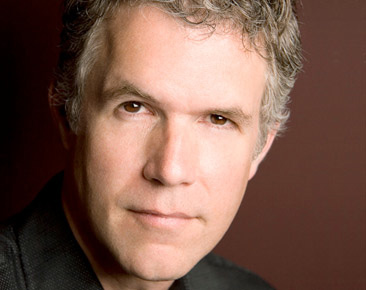
 I was reminded recently by Ned Luberecki that I had once written a bluegrass haiku that went as follows:
I was reminded recently by Ned Luberecki that I had once written a bluegrass haiku that went as follows:
late in the evening
Uncle Pen played the fiddle
why did he do that?
This led me to think that we were overdue for a discussion of the bluegrass haiku as a legitimate poetry form or “school” of poetry (please note that bluegrass haiku school is cancelled this week due to snow in the northeast).
First of all, for those not familiar with the haiku, it’s a unique, short form of poetry that originated in Japan. In the Japanese language, haiku are written in a single vertical line. The only time you see English in a single vertical line is on a neon sign outside a bar, so haiku in English are written most often in three horizontal lines.
(Note: the plural of haiku is also “haiku,” not, as a friend of mine tried to convince me, “haikoozies.”)
My semi-reliable source on the subject (yes, Wikipedia, with random editorial additions by me) states that haiku in English usually have the following characteristics:
They are 17 syllables long, broken into three lines of five, seven, and five syllables each (the traditional form, as with the Uncle Pen haiku, above), or they are about 10-14 syllables long (but people don’t seem to like those ones as much). In rare instances they have around 432 syllables in 48 or more lines, but these are technically not haiku; they are the song Knoxville Girl.
They are about—or at least “throw a bone” to—nature.
They do not rhyme (one of a surprising number of things the haiku has in common with the Flatt and Scruggs song Thinking About You).
Their lines don’t begin with capital letters.
They’re seldom heard at Rotary Club meetings or wedding receptions.
There are other characteristics of haiku, but that’s enough to start with, and already you can see some kinship with bluegrass music, for example, its connection to nature, or its scarcity at Rotary meetings and weddings.
As you can see from the word “usually” used above, or the exceptions noted to the five-seven-five syllable form, the rules aren’t all that rigid. However, I think when trying to compose some new bluegrass-oriented haiku, as we’re about to do, I think it would be best to stick with that traditional form.
Writing a haiku, if nothing else, is a great exercise for a songwriter in the art of brevity. Expressing thoughts in a poetic yet compact way is very important in songwriting and critical to the haiku. This, for example, makes a lousy haiku:
oh how many times
or so it seems to me . . . shoot!
now I’m out of space
And you thought Twitter was challenging!
Speaking of Knoxville Girl, could you tell the entire grisly story in haiku form? Well, it’s worth a try anyway:
jealous in Knoxville
I brutally killed my love
I’m so insecure
Another song in first person that might be told in haiku form is the Legend of the Rebel Soldier:
not feeling so good
is this preacher listening?
Yankee prisons suck
Haiku are also said to be observational, and they tend to have two parts (even with three lines), where a natural “break” occurs. This can often be seen after the second line. Here’s one about a bluegrass festival that illustrates this:
banjo music rings
heard in distant wooded groves
I want a corn dog
Road musicians might think about writing these to kill time:
dreary interstate
are we almost out of gas?
ah, the Flying J
2:00 a.m. pork rinds
maybe not the best diet
ask me if I care
This is as far from nature as you can get, but this is an observational haiku about the recording studio experience:
burned out engineer
tired of fiddle overdubs
“turn up my phones please”
About instrument maintenance:
the changing of strings
guitar craving brighter tones
I just cut my thumb
And finally, sound check:
testing 1,2,3
tedious pre-show routine
can’t hear my banjo
Next week: The entire Felice and Boudleaux Bryant catalog in haiku form.




